A SURVEY OF HINDUISM
A SURVEY OF HINDUISM
Third Edition
KLAUS K. KLOSTERMAIER

Published by
STATE UNIVERSITY OF NEW YORK PRESS,
ALBANY
2007 State University of New York
All rights reserved
Printed in the United States of America
No part of this book may be used or reproduced in any manner whatsoever without written permission. No part of this book may be stored in a retrieval system or transmitted in any form or by any means including electronic, electrostatic, magnetic tape, mechanical, photocopying, recording, or otherwise without the prior permission in writing of the publisher.
For information, contact State University of New York Press, Albany, NY
www.sunypress.edu
Production by Marilyn P. Semerad
Marketing by Anne M. Valentine
Library of Congress Cataloging-in-Publication Data
Klostermaier, Klaus K., 1933.
A survey of Hinduism / Klaus K. Klostermaier. -- 3rd ed.
p. cm.
Previously published: Albany : State University of New York Press, c1994.
2nd ed.
Includes bibliographical references and index.
ISBN-13: 978-0-7914-7081-7 (hardcover : alk. paper)
ISBN-13: 978-0-7914-7082-4 (pbk. : alk. paper)
1. Hinduism. I. Title.
BL1202.K56 2007
294.5--dc22
2006021542
10 9 8 7 6 5 4 3 2 1
Contents
Illustrations
FIGURES
PHOTOGRAPHS
MAPS
Preface to the Third Edition
The Survey of Hinduism in its preceding two editions has gained wide acceptance and has received much encouraging comment in scholarly reviews. It was especially gratifying for me to see it appreciated by Hindu students and scholarsa token for the fulfilment of my ambition to present Hinduism in such a way that Hindus would recognize their own traditions in it. Many of the suggestions of reviewers have been taken up and incorporated in this new edition.
While most of the structure and content of the previous edition has been left unchanged, except for some updating, adding, and correcting, a number of new chapters have been added: the first chapter deals in more detail with the current controversy concerning the beginnings of Hinduism and takes a more decisive stand on it in the light of recent research. Chapters have been added on the relationship of Hinduism with the three major non-Hindu religions with substantial followings in India: Buddhism, Christianity, and Islam. A new section has been added, dealing with issues that are important but that did not fit into the preceding sections such as the history of the relationship of India with the West, the accomplishments of Hindus in the sciences, Hinduism and Ecology, Indian measures of time, including the Calendar, and an extended chronology.
India is fast emerging as a modern economic and military superpower and its popular culture, represented prominently by the colorful creations of Bollywood, is attracting more and more fans across the globe. Interest in its rich traditional culture, its philosophy, and spirituality is growing worldwide too. India is the only major modern country that in its contemporary culture has preserved a substantial part of its ancient cultural traditions, a heritage that will prove an invaluable contribution also to our emerging global culture.
The author is grateful to State University of New York Press for the opportunity of bringing out a new revised and enlarged edition of the Survey and wishes to express his thanks to its dedicated staff for the care taken in the production. He also expresses his appreciation to Canada Council for continued support.
Abbreviations
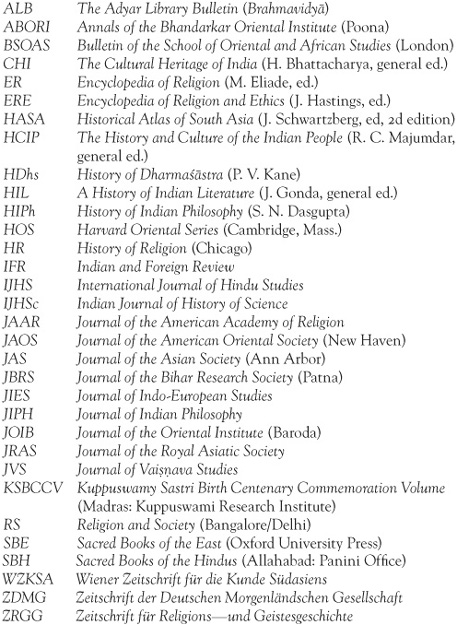
Note on Transliteration and Pronunciation
The internationally adopted system of transliteration of Sanskrit into English has been followed throughout. Sanskrit vowels have by and large the same value as their Italian counterparts. A macron above a vowel sign indicates a doubling of the length:  = aa. Consonants broadly correspondwith some exceptionsto their English equivalents. Among the more notable differences are the numerous aspirates: th is not pronounced like the English th in theater but is a double consonant like the t-h in hot-house; j and c and their aspirates are pronounced like dsh. There are different t and d sounds (indicated by dots underneath the letters) for which there are no exact equivalents in English;
= aa. Consonants broadly correspondwith some exceptionsto their English equivalents. Among the more notable differences are the numerous aspirates: th is not pronounced like the English th in theater but is a double consonant like the t-h in hot-house; j and c and their aspirates are pronounced like dsh. There are different t and d sounds (indicated by dots underneath the letters) for which there are no exact equivalents in English;  and
and  are pronounced like sh. While English does not have equivalents for some of the consonants indicated by diacritics (a dot above or below the letter) diacritics have been retained for the sake of correct rendering of the words (in Sanskrit the word meaning will change if d is exchanged for
are pronounced like sh. While English does not have equivalents for some of the consonants indicated by diacritics (a dot above or below the letter) diacritics have been retained for the sake of correct rendering of the words (in Sanskrit the word meaning will change if d is exchanged for  , t for
, t for  , n for
, n for  ).
).
Since this work is not primarily intended for the specialist in the field, Sanskrit words have been rendered in their uninflected stem forms rather than with their case endings (e.g., hetu for hetu ; mandapa for mandapam, etc.) Words, like karma, yoga, etc., which have become part of the English vocabulary have been left in the customary form of writing. I have also followed the fairly common practice of adding an English plural ending (-s) to Sanskrit words, neither separating the -s through a hyphen, as is done in some scholarly journals, nor using the grammatically correct Sanskrit plural formations: thus I have rendered, for example, the plural for Pur
; mandapa for mandapam, etc.) Words, like karma, yoga, etc., which have become part of the English vocabulary have been left in the customary form of writing. I have also followed the fairly common practice of adding an English plural ending (-s) to Sanskrit words, neither separating the -s through a hyphen, as is done in some scholarly journals, nor using the grammatically correct Sanskrit plural formations: thus I have rendered, for example, the plural for Pur
 a as Pur
a as Pur
 as, and not Pur
as, and not Pur
 a-s or Pur
a-s or Pur

 ni.
ni.
Indian names of authors have usually been left as they were found in the documents quoted; no attempt has been made either to transcribe them or to provide them with diacritics. Tamil names and words have not been consistently transliterated according to the most recent conventions; for the sake of easier identification, the Sanskritized form of some names has been retained (e.g., Sundaram
Next page
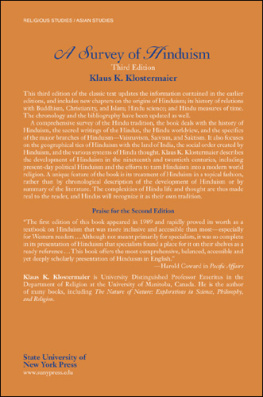

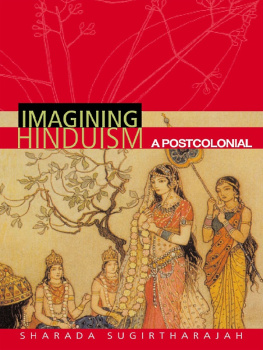
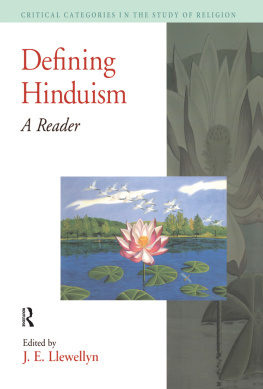
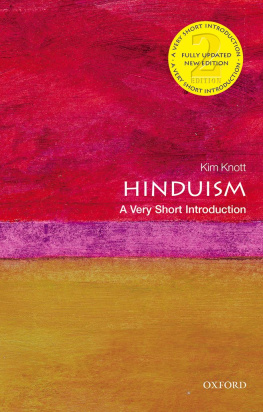
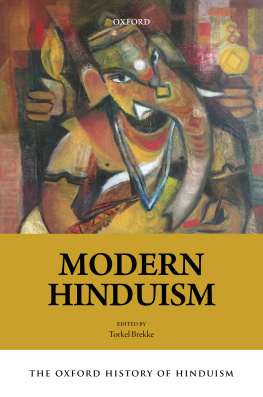
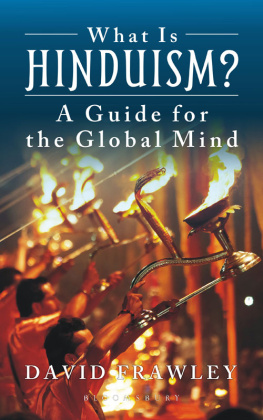
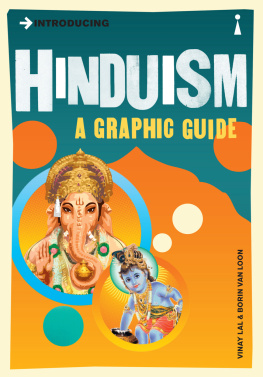
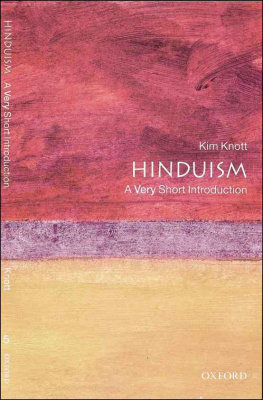
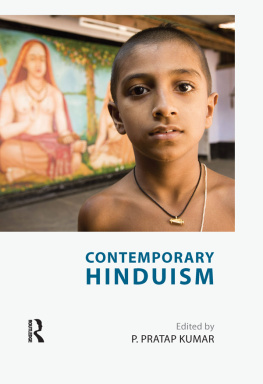
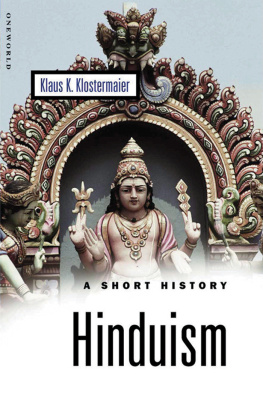


 = aa. Consonants broadly correspondwith some exceptionsto their English equivalents. Among the more notable differences are the numerous aspirates: th is not pronounced like the English th in theater but is a double consonant like the t-h in hot-house; j and c and their aspirates are pronounced like dsh. There are different t and d sounds (indicated by dots underneath the letters) for which there are no exact equivalents in English;
= aa. Consonants broadly correspondwith some exceptionsto their English equivalents. Among the more notable differences are the numerous aspirates: th is not pronounced like the English th in theater but is a double consonant like the t-h in hot-house; j and c and their aspirates are pronounced like dsh. There are different t and d sounds (indicated by dots underneath the letters) for which there are no exact equivalents in English;  and
and  are pronounced like sh. While English does not have equivalents for some of the consonants indicated by diacritics (a dot above or below the letter) diacritics have been retained for the sake of correct rendering of the words (in Sanskrit the word meaning will change if d is exchanged for
are pronounced like sh. While English does not have equivalents for some of the consonants indicated by diacritics (a dot above or below the letter) diacritics have been retained for the sake of correct rendering of the words (in Sanskrit the word meaning will change if d is exchanged for  , t for
, t for  , n for
, n for  ).
). ; mandapa for mandapam, etc.) Words, like karma, yoga, etc., which have become part of the English vocabulary have been left in the customary form of writing. I have also followed the fairly common practice of adding an English plural ending (-s) to Sanskrit words, neither separating the -s through a hyphen, as is done in some scholarly journals, nor using the grammatically correct Sanskrit plural formations: thus I have rendered, for example, the plural for Pur
; mandapa for mandapam, etc.) Words, like karma, yoga, etc., which have become part of the English vocabulary have been left in the customary form of writing. I have also followed the fairly common practice of adding an English plural ending (-s) to Sanskrit words, neither separating the -s through a hyphen, as is done in some scholarly journals, nor using the grammatically correct Sanskrit plural formations: thus I have rendered, for example, the plural for Pur
 a as Pur
a as Pur